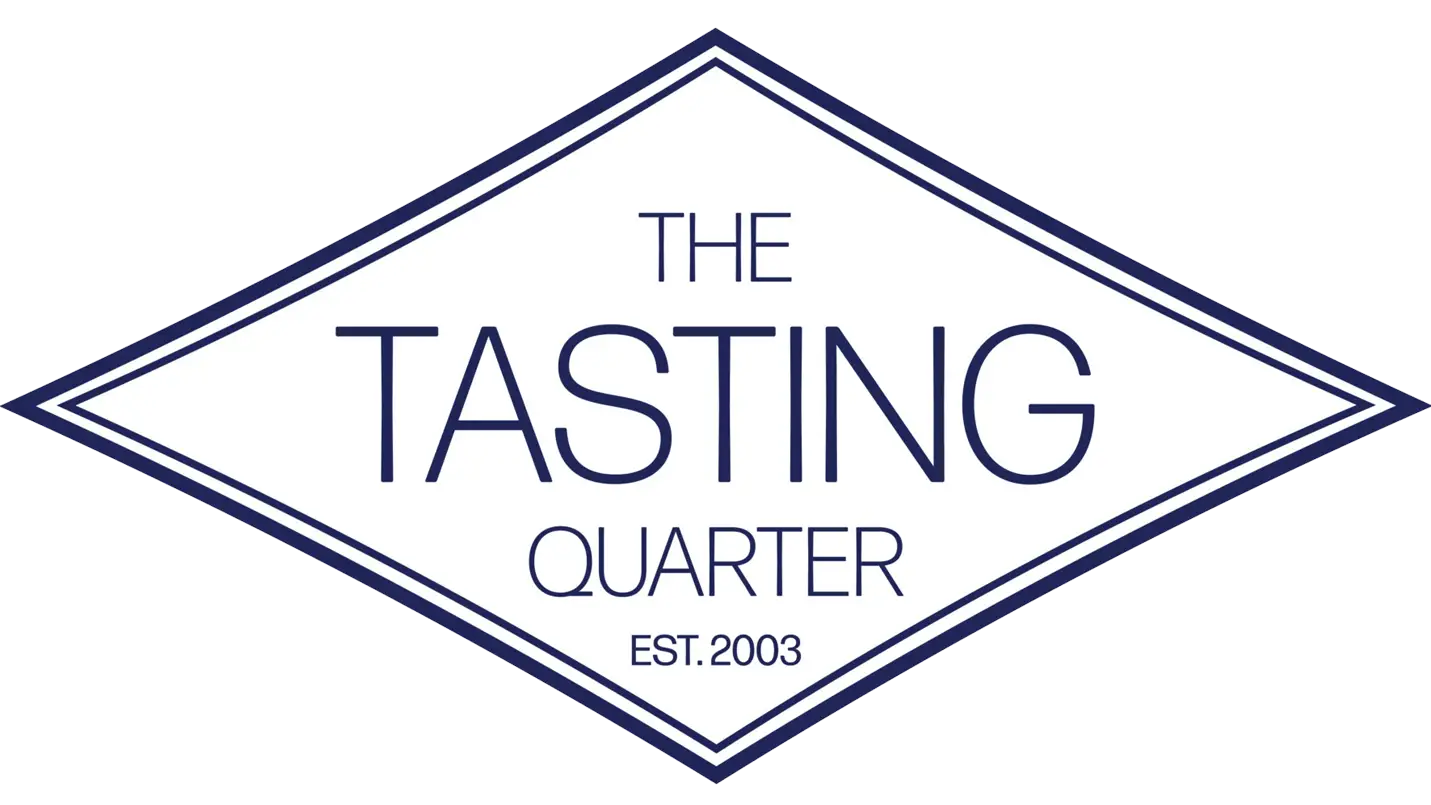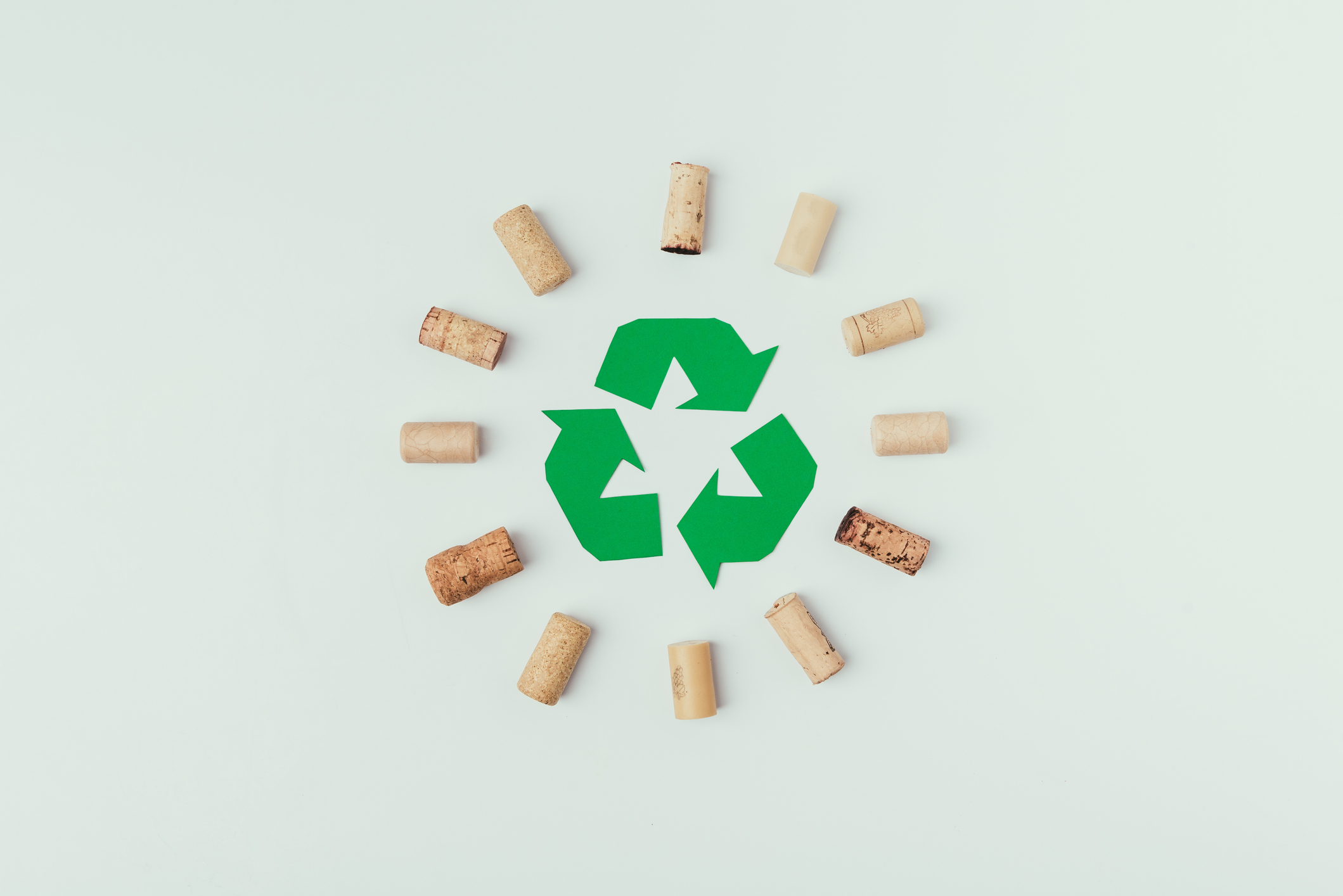Climate change is impacting us all. We know some of the broader societal changes we need to make – switching to electric cars, eliminating unnecessary travel, choosing renewable energy and making our homes more energy efficient, but what about our hobbies, past times and pleasures?
Wine and climate change together rarely make the national news, so it’s up to us to let wine consumers know what’s happening, and talk through how the wine industry could be supported in its efforts to mitigate its impact on the environment.
It’s best to start with an understanding of the problems.
Perhaps the biggest issue is glass. A carbon emissions audit completed by Jackson Family Wines, one of the industry’s leaders in sustainable practices, found glass bottles made up 18% of their total carbon footprint, with other packaging such as cartons and corks bringing the total to 24%. Wine bottles take significant fossil fuel based energy to manufacture (Glass is effectively melted sand, and sand doesn’t melt at too much under 1,700°C).
Next transport of bottles – the same audit found transport accounted for 16% of the Jackson Family Wines carbon footprint.
Winemaking also produces CO2, and the capturing of this (or not) has caused significant discussions in the wine world. Dr Richard Smart, arguably the wine world’s best known viticulturalist, has called the emissions of CO2 released from wineries environmental vandalism and has called for authorities around the world to invoke a Clean Air Act to mitigate against this.
So what is the wine world doing to manage these problems?
Glass, and specifically the 75cl bottle, has long been argued over as a container. Why 75cl in the first place, and is the round bottle really the most suitable design? It’s often said The 75cl bottles harks back to the days of hand blown bottles, when 75cl was roughly the capacity of the glass blower’s lung. The reality is slightly less exciting – the common 225 litre wine barrels (still in use today), when split down to a nice even 300 bottles, give producers and merchants their 75cl size.
For everyday wines (specifically those not designed to be stored and matured) the truth is glass isn’t ideal for drinkers – it’s heavy, it can break, and is the 75cl size suitable for today?
There are now a number of alternatives – bag in box, aluminium cans, and even flattened recycled PET bottles. Why flattened? Well as well as doing away with glass the design saves space and weight throughout the transport and distribution cycle. The quality of all this alternative packaging has come on leaps and bounds in recent years, these are not only needed alternatives, they work.
Next transport of bottles – wines shipped in bulk and bottled in the country of consumption can lower that wines carbon footprint, but it can also help if wine consumers buy local, and in the case of the UK that can mean buying wines closer to home, drinking local and supporting the burgeoning wine producing scene here.
Next winemaking and CO2. It’s now possible to capture the CO2 caused by fermentation, clean it of impurities, compress and reuse or sell it. Indeed compressed C02 is even used in winemaking to prevent oxidation. Spanish wine giant Torres is currently trialing a smart energy system at its winery in Penedès, Spain that recycles this CO2 to produce methane for use as fuel in forklift trucks and other winery transport.
What wineries might look like in the future could be seen in the work of The UC Davis Sustainable Winery in California, which promotes itself as the world’s first self-sustainable, zero carbon winery. The wineries inventive energy system uses solar panels and lithium batteries, controlling temperature by efficient night air-cooling in summer and warm day heating in winter. The ambition of the winery is to turn a negative into a glowing positive – it doesn’t just want to be carbon neutral, its goal is to be carbon negative by sequestering CO2 and exporting renewable energy.
So what can we do as wine consumers to help? Well the first and most obvious route is to support Torres, Jackson family estates et al by buying their wines and let people know why we’re doing it (if we can bear the virtue signaling!). We can buy local and choose wine in different containers (in UK we can complete a double whammy by buying Three Choirs wine 250ml cans). We can ask our wine merchants to highlight and segment wines which adopt sustainable practices as a core feature of their operation, and we should make sure we’re not being greenwashed by making sure this sustainability has meaning.
We could even ask big online wine platforms like Vivino to tag sustainable wines or have a sustainable wine section so we can easily see how others are rating the wines we want to buy.
Unsure if this will work? Vote with your wallet and find out.

